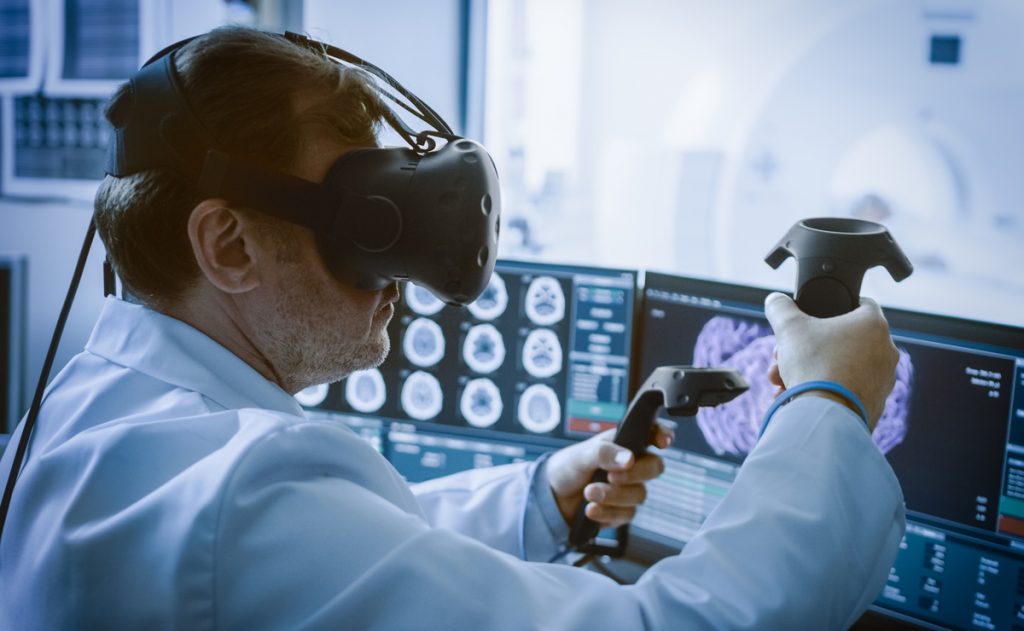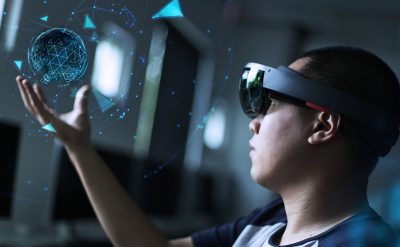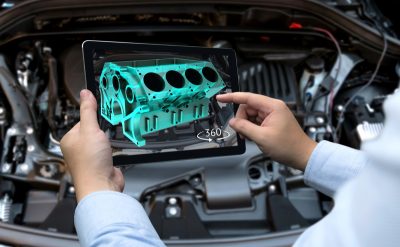The OnPoint Companies announced that its United States Patent No.10,368.947 was awarded by the Boston Patent Law Association for the second year in a row. The patent was issued on August 6, 2019, with the title “Augmented Reality Guidance Systems For Superimposing Virtual Implant Components Onto the Physical Joint of a Patient.”
The OnPoint Companies work on revolutionizing spinal, orthopedic, sports, and robotic procedures through an AR (Augmented Reality) platform technology that superimposes virtual surgical guides and virtual implants onto the surgeon’s visual field see-through optical head-mounted display.
In combination with impressive accuracy, the technology comes with many unique clinical and intra-operative benefits. The OnPoint AR technology acts as an enabler for the next generation of robotic systems that uses optics instead of, or in conjunction with, haptics.
This program aims to celebrate New England innovators, their inventions, and the stories behind their innovations. The program seeks to convey that the Boston Patent Law Association (BPLA) has transformed the nation’s relationship with science and technology. It also aims to provide educational opportunities to inform the public of these fascinating innovations.
“We are thrilled to be recognized by the Boston Patent Law Association for the second year in a row for our innovations in the area of Augmented Reality and surgical guidance,” said Philipp Lang, MD, Founder and CEO of the OnPoint Companies.
“Orthopedic and spinal procedures are technically complex, requiring high spatial accuracy. The OnPoint Augmented Reality technology offers greatly improved hand-eye coordination for surgeons by directly displaying virtual surgical guides onto the physical patient to improve accuracy and quickly return patients to normal, everyday activities. The ability to fit, size, trial and balance virtual implant components directly on the physical joint using augmented reality display prior to any irreversible bone resections advances non-robotic, manual and robot-guided surgery to an entirely new performance level, opening up the opportunity of improved clinical outcomes and better function for millions of joint replacement patients.”







































































